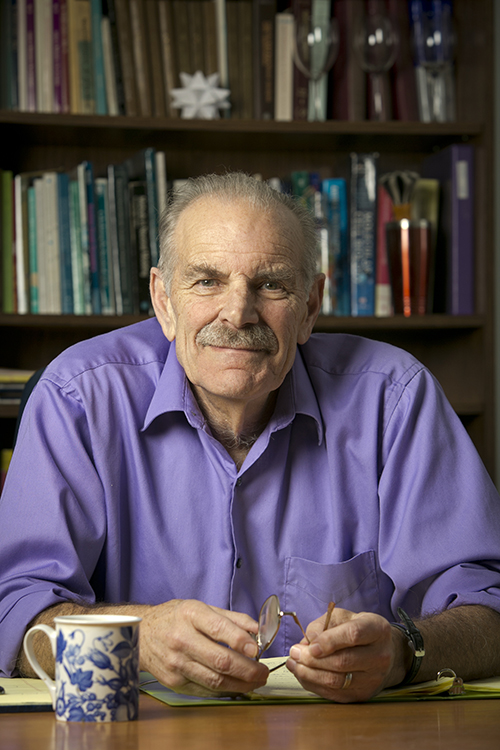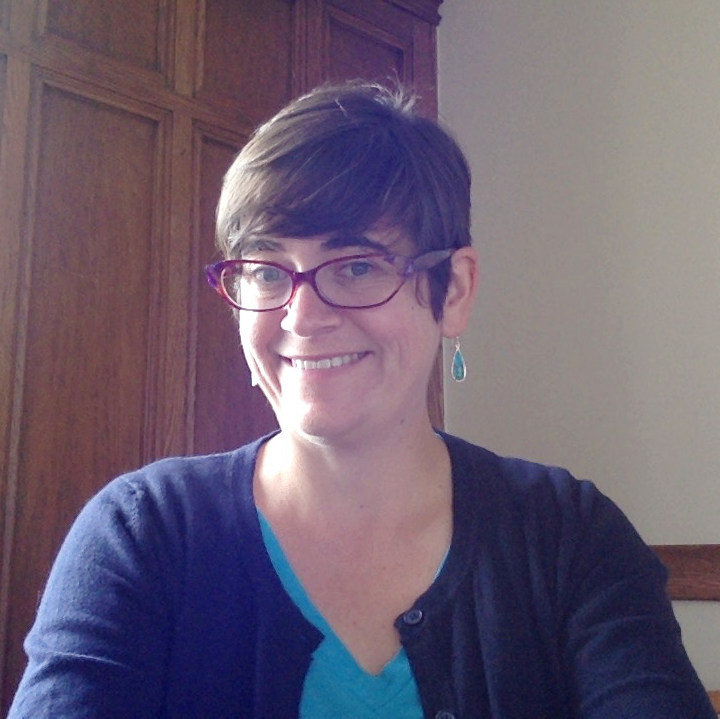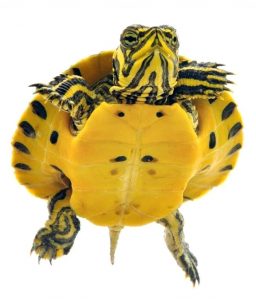Michael C. Reed was trained as a pure mathematician, but from the start, he was, as he explained to me, a “closet physiologist.” He’s a professor of mathematics at Duke, but he’s always wondered how the body works.

Reed explains an example to me: women have elbows that are bent when their arms are straightened, but men do not. He rationalized his own explanation: women have wide hips and narrow shoulders; their bodies are designed so their arms don’t knock into their sides when they walk. (That basically ended up being the answer.)
Still, Reed never really explored his interest in physiology until he was 40 years old, when he realized that if he wanted to explore something, he should just do it. Why not? He had tenure by that point, so it didn’t really matter what his colleagues thought. He was interested in physiology, but was a mathematician. The obvious answer was mathematical biology.
Now he uses mathematics to find out how various physiological systems work.
In order to decide on a research project, he works with a biologist, Professor Fred Nijhout. They meet for two hours every day and work together. They have lots of projects, but they also just talk science sometimes. That’s how they get their ideas, mainly focusing on things in cell metabolism that have to do with important public health questions.
Reed has been investigating dopamine and serotonin metabolism in the brain, in a collaborative project with Nijhout and Dr. Janet Best, a mathematician at The Ohio State University.

As he explained to me, the brain isn’t like a computer; you don’t know how it works and there are a lot of systems in play. Serotonin is one of them. Low serotonin concentration is thought to be one of the causes of depression. There’s a biochemical network that synthesizes, packages, and transfers serotonin in the brain.
He told me that his work consists of making mathematical models for systems like this that consist of differential equations for concentrations of different chemicals. He then experiments with the system of differential equations to understand how the system works together. It’s not really something you can learn by having it explained to you, he told me. You have to learn through practice.
In a way, biology doesn’t seem like it would be the most compatible science, especially with math. But as Reed explained to me, “Math is easy because it’s very orderly and organized. If you work hard enough, you can understand it.” Biology, on the other hand, “is a mess.”
Everything in biology is linked to everything else in a system of connectedness that ends up all tangled together, and it can be hard to identify how something happens in the human body. But Reed applies math – an organized construct – to understand biological systems.
In the end, Reed does what he does because it’s how we — as human beings — work. He has no regrets about the choices he’s made at all.Mathematical biology seems to be his calling — he’s more interested in understanding how things work, and that’s what he does when he works.
Or rather, he doesn’t really work; because, as he told me,“try to find something to do that you really like, and are passionate about,because if you do, it won’t seem like work.” Reed doesn’t see coming into work as a struggle. He’s excited about it every single day and “it’s because you want to do it, it’s fun.”
Guest Post by Rachel Qu, NCSSM 2019







 Post by Victoria Priester
Post by Victoria Priester













 ‘Population Health’ is the basis of a
‘Population Health’ is the basis of a 





 Post by Lydia Goff
Post by Lydia Goff